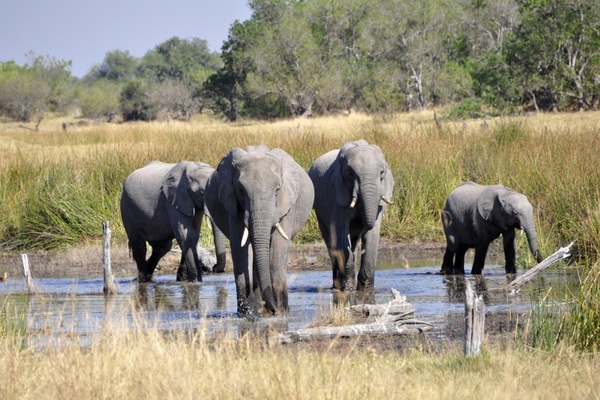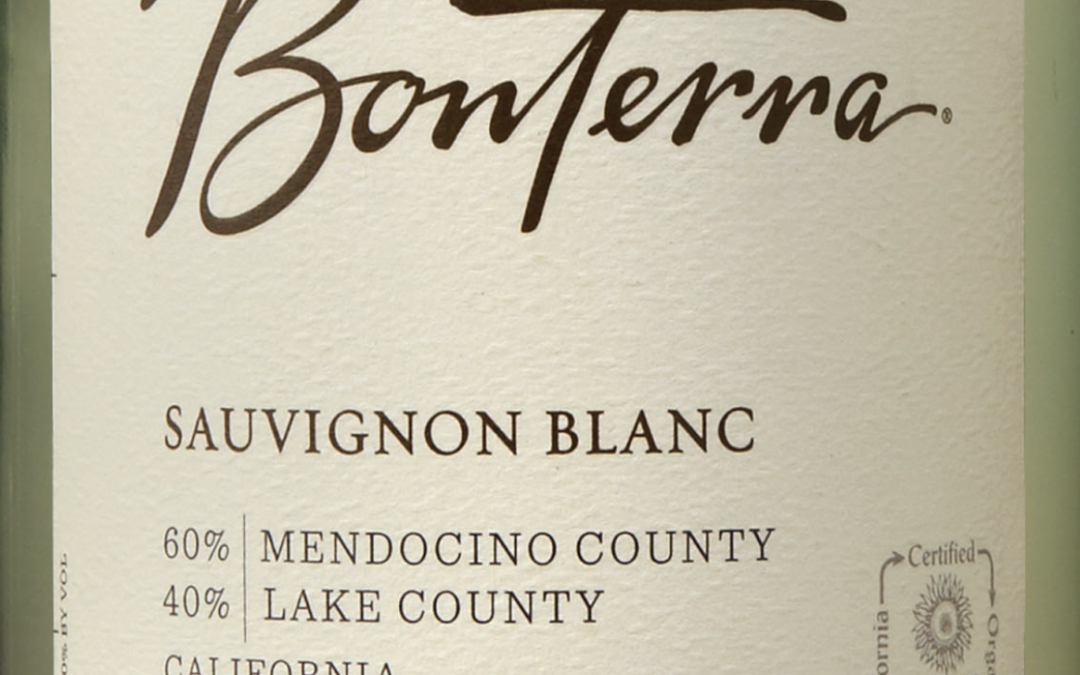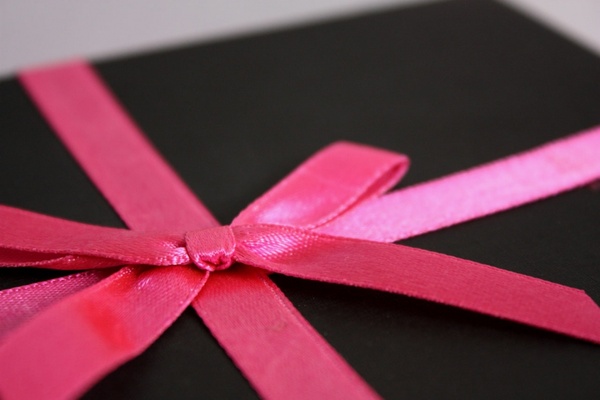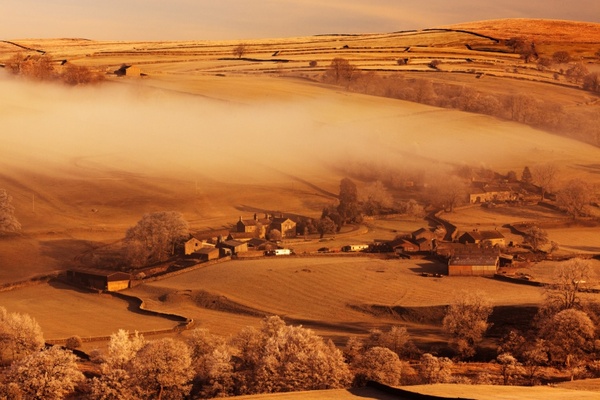
by Lorri | May 17, 2017 | UnCorked
Predicting the next “it” wine region is much different from how we consider most trends.
It can take up to 20 years for a wine region to show significant changes. Vineyards need to be replanted, past winemaking and viticulture techniques may need to be modernized, and sometimes new generations must come into play. Chile, Argentina and Spain are among the most recent transformations we’ve witnessed. And now it’s South Africa’s turn in the limelight.
In the late 1990s, South Africa reached a pivotal point leading to its modern emergence on the world wine stage. South Africa’s metamorphosis has been swift; even as recently as the early 2000s many of the best South African wines we know today were not being made.
The most important wine regions are centered on Paarl and Stellenbosch, in the western part of the country. This area is producing well-made value wines as well as stunning fine wines.
The most notable whites are generally from chenin blanc, known in South Africa as Steen. It is a local workhorse grape producing wines ranging from dry to sweet. But as with most countries stepping into the international market, South African wineries also produce the familiar crowd-pleasing full-bodied chardonnay and refreshing sauvignon blanc.
South Africa’s latest greatest red wine is the traditional pinotage — a cross between pinot noir and cinsault. This grape was created in 1925 by scientist Abraham Perold, who was trying to produce a grape as flavorful as pinot and as easy-growing as cinsault. The country is also producing excellent varietal blends using internationally known grapes. Cabernet Sauvignon, Merlot and Bordeaux style red blends are among the country’s top reds but cinsault continues to be a blending grape to watch.
These are just a few to start your South African exploration of wines.
THE VALUES
- 2015 Stellar Organic Pinotage (about $11 retail)
- 2015 Robertson Winery Chenin Blanc (about $14 retail)
THE SPLURGES
- 2009 Meerlust Rubicon Blend (about $40 retail)
- 2015 Barista Pinotage (about $18 retail)

by Lorri | May 10, 2017 | UnCorked
I am frequently asked my thoughts about wine trends. These are just a few of the trends and shifts I see in the world of wine.
MILLENNIALS
The sheer numbers (and their buying potential) make millennials a driving influence in the wine world. There are now more millennial adults in the United States than baby boomers: 75.4 million millennials (born between 1981-1997) versus 74.9 million baby boomers (born between 1946-1964). For comparison, there are roughly 28 million silent generation (born between 1928-1945) and 66 million Generation X (born between 1965-1980). (Sources: American Demographics classification of U.S. Census Bureau, Pew Research Center) Millennials seem to care less about vintage “wine speak” and ratings, but do want to know the story of how the wine is made. I think we will see many more brands with a “story” and packaging that stands out on retail shelves.
LOWER ALCOHOL
For many years, some of the hottest cabernet sauvignons teetered near 15 percent alcohol by volume. I think this trend is finally falling as more wine drinkers opt for sippable, lower alcohol wines. This is likely in part due to the rise in popularity of sparkling wines like Prosecco. Another bubbly may be playing a role too. With the craft beer movement, more and more wine drinkers are aware of the enjoyment of leisurely sipping, rather than catching a buzz quickly with a high alcohol drink.
THE POWER OF WOMEN
According to the 2015 Wine Market Council report, women buyers made up 57 percent of wine sales. The data from the report also shed light on the possibility what women may be looking for in a bottle of wine: impulse purchase; label design; organic; and, as trending will hold true, a brand benefiting a cause.
THE BLEND
I recently wrote a column on blending wines. Not too long ago, blends were considered inferior. But thankfully this is changing. Blends are becoming more popular and there are many quality blends from which to choose. The red blend category grew “10.1 percent in sales” from the 2015 Wine Market Council report. Again, taking a note from the craft beer movement, I think “handcrafted” and “premium” are buzzwords we will see more of on wine labels.
THE UNDENIABLE IMPACT OF SOCIAL MEDIA
With all things trending, social media will continue to affect our buying habits. By taking advantage of hashtags and photo filters, wine makers are leveraging the screens in front of us to make consumers feel like they are part of the story.

by Lorri | May 3, 2017 | UnCorked
It happens to the best of us while shopping for wine. We find ourselves standing in an aisle staring blankly at rows and rows of wines from around the world. “Should I get the chardonnay? What is the difference between the one from California and France? Do I even like chardonnay?” Well, you shouldn’t have to go it alone. Enter: the professional.
I think many people forget store employees are the ones you should seek as soon as you walk in the door. They are the knights you want to take into battle. Most liquor stores and bottle shops with large wine selections have at least one employee who is incredibly passionate and knowledgeable about wine. In fact, they are most likely waiting for you to ask for help.
Many have passed credentialed testing, been a part of the buying and tasting process, are up to date on trends, and at the very least are familiar with the store’s selections.
Speaking up for help also has many perks. The more you shop with them and the more they get to know your taste, likes and dislikes, the easier they can make your shopping experience. They may even start telling you about new wines coming in, tasting events and even some wines you buy regularly that happen to be the special of the week. With this insider information comes the most important of all for you the consumer, a personal wine educator. You can learn so much from just asking for advice and trying recommendations from these professionals.
My advice has always been, let the hospitality of the employees guide you. On almost every trip to shop for wine I seek out advice from the ones who know the most in the store, the wine clerk.
These are a few suggestions from the many out there helping to make wine buying easier. Thank you for your guidance!
THE VALUES
- 2015 Bonterra Sauvignon Blanc, California (about $13 retail)
- 2015 Broadside Chardonnay, California (about $15 retail)
- 2014 Apaltagua Winery Reserva Cabernet Sauvignon, Chile (about $12 retail)
- 2015 Lorenza Rose, California (about $16 retail)
THE SPLURGES
- 2015 Raptor Ridge Pinot Gris, Oregon (about $19 retail)
- 2014 Wente Riva Ranch Chardonnay, California (about $26 retail)
- 2015 Azur Rose, California (about $21 retail)
- 2015 Force of Nature Mossfire Ranch Merlot, California (about $25 retail)

by Lorri | Apr 26, 2017 | UnCorked
We’ve all been in a situation when we needed to give a bottle of wine as a gift. The task is generally straightforward. We trust what we have enjoyed in the past, we depend on our local fine wine retailer, or you simply contact me. (This is the one I enjoy the most.)
We could consider this an easy mission because the bottle is handed off with a “thank you,” “happy birthday,” “happy anniversary” or other appropriate acknowledgement — to then possibly lie quietly in your recipient’s wine rack in the corner along with others.
But after a few recent dinner conversations I have learned that being invited to a dinner party with an expectation for you to bring a bottle for consumption is a much different situation. I hope a few of my tips will ease the stress of any situation.
When asked what you can bring, many times the answer is something like this:
“Just bring a bottle you like.” The first tip is to drop all expectations on what your dinner host will do with your bottle. Don’t expect the wine you are bringing to be consumed, even if you have painstakingly thought out the possible menu at the dinner. The host may have already planned wines for the menu. Sometimes the bottle you bring is seen more as a gracious thank you than an expected perfect pairing for the evening.
“We love all wines, just bring something you would buy for your dinner.” This is the possibly the most important tip. There are many subtle suggestions to help us choose an appropriate bottle in our price range. Over the years, I have learned that if it’s a casual grilling dinner, it will most likely warrant an exceptional $10 value. If the host is an avid collector you may want to go big and break the bank. Or not. I once brought a bottle of the most expensive wine I could afford, only to have it put into a Styrofoam cup by the host. On another occasion, I proudly offered an $8 value to a dear friend only for the bottle to be surrounded by some of the most expensive, exquisite wines I have ever experienced. The safe bet is to show up with a wine you love and the zeal to say why it was your choice to share.
“We are eating around 7 … just bring a chardonnay.” When a host asks you to bring a specific bottle there is no reason to stress because you simply follow the request. If you are asked to bring chardonnay, have it chilled and ready to open when you arrive. Chances are you were specifically asked to bring a wine for consumption at dinner. If you were asked to bring merlot, don’t take a chance on a unique wine outside of the norm from an unfamiliar region (unless you have a pre-approval from the host for a fun addition to the conversation.) And if the hosts are specific enough to name the varietal, I would feel confident asking what price range they have in mind.
“Bring any wine. We are just happy you are coming to our home for dinner.” This is where you can shine for your choice of wine. Just be gracious, thoughtful and mindful that your friends invited you to dinner in the first place. Most likely you won’t go wrong with any choice. These are mine:
THE VALUES
- 2015 Sean Minor Four Bears Pinot Noir, California (about $15 retail)
- 2015 Bell Wine Cellars Red Blend, California (about $16 retail)
THE SPLURGES
- 2014 Pascal Jolivet Sancerre, France (about $29 retail)
- 2014 Trimbach Gewurztraminer, France (about $29 retail)
- 2013 Presqu’ile Winery Pinot Noir, California (about $44 retail)
- 2014 Reynolds Family Winery Chardonnay, California (about $40 retail)

by Lorri | Apr 19, 2017 | UnCorked
This past week was an exciting occasion, as several Napa Valley vintners arrived in Arkansas for a fundraiser and a master class.
I always say wine is like food — simply superior if you know the person and place bringing it to our table. Napa Valley is one of those areas in the world I think the wines just taste better because of the unique and defining characteristics of the vineyards and the owners.
The climate is warm and dry during the growing season, making it ideal for wine grapes to ripen slowly and evenly, allowing for balance between sugar development and phenolic ripeness. The ocean influence and fog are also key in quality wine grapes. The proximity to the Pacific Ocean mitigates the climate with cooling effects from fog. Much of the valley’s fog comes up thorough the San Pablo Bay at the southern end of the region and the Petaluma Gap from the Pacific toward San Francisco — cooling the Carneros region. This is key. As hot air in California’s interior valley rises, it creates a vacuum effect, drawing in moist, cool air from the Pacific and forming the fog. While fog can raise humidity, it is burned off by late morning so it does no harm to the grapes.
Diversity of soil is also crucial to any quality wine-growing region. But Napa Valley’s soil sets it apart with the size of the soil particles being the most important. Small particles such as clay allow for water retention, helping sustain the vine during the dire summer months as well as providing a cooler environment for the plant (which can delay bud break — a plus if there is a frost risk). Larger particles such as sand and gravel allow for drainage, keeping the vines’ roots dry and therefore less at risk for mold and rot during rare wet years. This also forces the vines to grow deeper roots, which are ideal for a strong foundation for deeper water and nutrient reserves.
And then there are the people. Napa Valley growers and winemakers work together as they continuously improve upon grape growing and winemaking, harnessing the latest technology in the vineyard and winery. With strong historic ties to University of California, Davis — home to one of the most respected viticulture and enology departments in the world — they continue to work in the latest use of clones, rootstocks, vineyard mapping using NASA satellite technology and now with vine sensor technology.
All of these factors combine to create the world-class wines that make Napa Valley stand apart.
THE VALUES
- 2015 Bell Wine Cellars Red Blend (about $16 retail)
- 2015 St. Supery Estate Napa Valley Sauvignon Blanc (about $21 retail)
- 2015 Bell Wine Cellars Sauvignon Blanc (about $16 retail)
- 2015 Bell Wine Cellars Rose (about $18 retail)
THE SPLURGES
- 2014 Reynolds Family Winery Chardonnay (about $40 retail)
- 2013 St. Supery Estate Napa Valley Merlot (about $55 retail)
- 2013 Arkenstone Cabernet Sauvignon (about $85 retail)
- 2013 Reynolds Family Winery Persistence, California (about $55 retail)
- 2014 Bell Wine Cellars Napa Valley Cabernet Sauvignon, California (about $52 retail)

by Lorri | Apr 12, 2017 | UnCorked
Easter is one of the many annual occasions when our family gets together around the table to share and celebrate. It’s one of my favorites because it is a day of reflection joined with the welcomed excitement of spring, not to mention the well-thought out menu followed by something chocolate. But if your menu is like our family’s, it is not straightforward with just a ham as the main course. In our family, we enjoy a buffet ranging from deviled eggs to banana pudding, and that’s a lot to ask from a single wine.
Rather than focusing on the main entree for these feasts, it’s best finding wines known to play well with all types of foods. The key is food friendly wines capable of standing up to a range of flavors and textures.
For red wine lovers, bigger is not better when it comes to friendly food pairing at the Easter table. Save the high alcohol, tannic wines for the barbecue next week. Wines with high tannin will overpower most foods, so a more fruit forward, lighter bodied wine is a better choice. Think barbera, merlot, pinot noir, gamay and fruity ripe blends.
THE VALUE
- 2014 Louis Jadot Beaujolais Village, France (about $14 retail)
THE SPLURGE
- 2012 Chateau Blaignan Bordeaux, France (about $21 retail)
If you are joining me on Easter you are guaranteed to find dry rose wines gracing my table. Whether it be brunch, lunch or dinner, I can’t emphasize enough how well they match with almost every food imaginable. The key to the perfect rose for food pairing is ensuring it’s a dry style and not sweet.
THE VALUE
- 2015 La Vieille Ferme Cotes du Ventoux Rose, France (about $14 retail)
THE SPLURGE
- 2014 Hogwash Rose, California (about $18 retail)
Sparkling is another reliable wine able to complement practically any food, from appetizers and entrees to desserts. I use sparkling wines to mix for mimosas at a brunch and as the single wine for buffet service. It’s also wonderful for Easter menus because it always brings a celebratory feel to the occasion, so even if you just begin the meal with a glass for a family toast it’s a special touch.
THE VALUE
- NV Segura Viudas Brut Reserva Cava, Spain (about $13 retail)
THE SPLURGE
- NV Gloria Ferrer Brut Sparkling Wine, California (about $32 retail)





